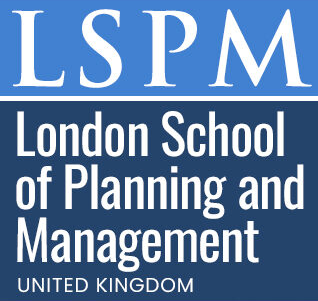Career Advancement Programme in 3D Printed Spatial Structures
Published on June 20, 2025
About this Podcast
HOST: Welcome to our podcast, today I'm thrilled to have [Guest's Name], an expert in 3D printed spatial structures, joining us. Can you tell us a bit about this exciting field and the course you're involved in? GUEST: Absolutely! 3D printed spatial structures is a cutting-edge field that combines architecture, engineering, and design with additive manufacturing. Our Career Advancement Programme delves into design optimization, material science, and construction management specific to 3D printed buildings and infrastructure. HOST: That sounds fascinating! What initially drew you to this area, and how have you seen it evolve over time? GUEST: I've always been passionate about innovation and sustainability in construction. 3D printing technology has really taken off, enabling us to create complex structures while minimizing waste and improving efficiency. It's an ever-evolving industry with endless possibilities. HOST: I can imagine there must be some challenges in working with such new technology. Can you share any hurdles you've encountered or observed in this field? GUEST: Of course. One major challenge is the need for standardization and regulation in the industry. As 3D printing is still relatively new, there's a lack of uniformity in materials, processes, and safety guidelines. Addressing these issues will be crucial for the technology's wide adoption. HOST: That's a great point. Now, let's talk about the course. How does it help students overcome these challenges and prepare them for a career in this field? GUEST: Our programme offers hands-on training and career guidance, allowing students to develop practical skills in parametric modeling and digital fabrication workflows. They'll gain real-world experience through case studies and projects, building their professional portfolio and networking with industry leaders. HOST: It seems like the perfect opportunity for professionals looking to advance their careers in this growing field. As we look to the future, what trends or developments do you anticipate in 3D printed spatial structures? GUEST: I believe we'll see increased use of sustainable materials, further advances in automation, and the integration of AI and machine learning in the design and construction process. It's an exciting time to be part of this industry! HOST: Thank you so much for sharing your insights and experiences with us today. If you're interested in learning more about this Career Advancement Programme in 3D Printed Spatial Structures, be sure to check out the details on our website. Until next time, keep innovating!
